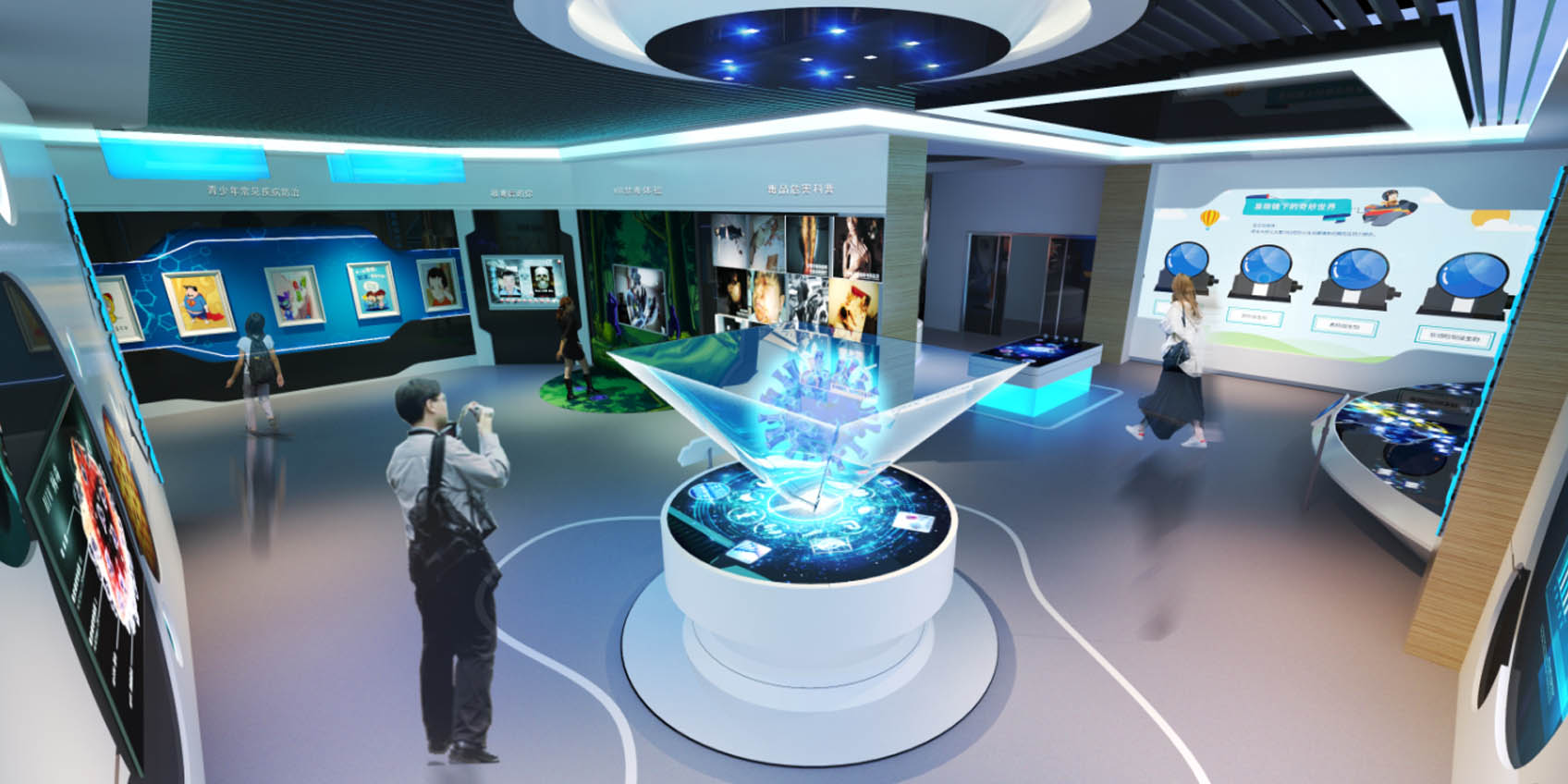How 3D Vision Systems Empower the Future of Smart Automation

How 3D Vision Systems Empower the Future of Smart Automation
With the rapid evolution of Artificial Intelligence (AI), Machine Learning, and advanced Depth Sensing technologies such as LiDAR and Time-of-Flight (ToF) sensors, 3D Vision Systems have become a cornerstone in modern smart automation. By combining high-precision 3D cameras, sensor fusion, and AI-driven data analysis, these systems enable machines to perceive and interact with their environments more intelligently and accurately. This innovation is transforming industries like smart manufacturing, autonomous vehicles, robotic navigation, medical imaging, and logistics automation.
What Exactly Are 3D Vision Systems?
A 3D Vision System captures detailed spatial information about objects and surroundings by using technologies such as stereo cameras, structured light, LiDAR, and ToF sensors. Unlike traditional 2D imaging, 3D vision provides precise depth, shape, and positional data processed by sophisticated AI algorithms for enhanced object recognition, localization, and measurement. This capability is vital in:
-
Robotic Guidance: Assisting robots to grip, assemble, and manipulate objects with millimeter-level accuracy.
-
Autonomous Driving: Enabling vehicles to detect obstacles, navigate complex environments, and ensure passenger safety.
-
Smart Warehousing: Optimizing inventory management and automating package sorting via real-time 3D scanning.
The convergence of AI, 5G connectivity, and edge computing is accelerating the deployment of 3D vision solutions across industries, making them indispensable for future-ready automation.
Key Technologies Behind 3D Vision Systems
1. Advanced Depth Sensing
3D vision relies on various complementary sensing methods:
-
LiDAR delivers high-resolution distance mapping crucial for autonomous navigation.
-
ToF Sensors provide rapid real-time depth data, essential for gesture recognition and robotic vision.
-
Structured Light enables detailed surface inspection and industrial scanning.
-
Stereo Vision uses dual cameras to compute depth, enhancing precision in manufacturing tasks.
Together, these technologies empower systems to perceive their environment robustly and reliably.
2. High-Precision Object Recognition
Accuracy and precision define 3D vision’s effectiveness. Industrial automation benefits from:
-
Detecting microscopic defects like welding flaws or surface scratches.
-
Enhancing product quality by enabling real-time defect inspection.
-
Increasing process efficiency through automated measurements with consistent repeatability.
3. Optimized Camera Field of View (FoV)
Different applications require tailored FoV:
-
Wide-angle lenses suit expansive environments like warehouses.
-
Narrow-angle lenses focus on detailed inspections in high-precision manufacturing.
For example, logistics centers employ wide-FoV 3D cameras for fast sorting, while semiconductor plants rely on narrow-FoV setups for meticulous defect detection.
Practical Applications of 3D Vision Systems
Smart Manufacturing & Quality Control
3D vision enables robotic arms to perform complex assembly with AI precision, automates inspection for scratches or deformations, and ensures micrometer-level assembly accuracy, especially in aerospace and semiconductor sectors.
Autonomous Driving & Transportation
By integrating LiDAR, ToF cameras, and AI-powered scene analysis, self-driving cars and drones achieve real-time 3D environment mapping, obstacle avoidance, and safer navigation.
Smart Warehousing & Logistics
AI-driven 3D vision enhances package identification, autonomous robot navigation (AMRs), and live inventory monitoring, driving efficiency and reducing human errors.
Medical Imaging & Surgery
AI-enabled 3D imaging revolutionizes diagnostics via enhanced CT and MRI visualization, supports AR-guided surgeries for greater precision, and powers robotic surgery systems for minimally invasive procedures.
Emerging Trends in 3D Vision Technology
AI-Enhanced 3D Vision
Deep learning transforms 3D vision from passive sensing to active decision-making—boosting facial recognition, industrial defect detection, and autonomous security surveillance in smart cities.
Multi-Sensor Fusion
Combining LiDAR, ToF, thermal imaging, and millimeter-wave radar equips machines to perform reliably in adverse weather and complex environments, enhancing object detection and tracking.
5G-Driven Real-Time Processing
Ultra-low latency of 5G and edge computing accelerates data analysis, enabling instant responses in autonomous driving, industrial automation, and medical diagnostics, while facilitating cloud-based AI model integration.
Conclusion: 3D Vision Systems at the Heart of Intelligent Automation
As AI, sensor fusion, and high-speed communication technologies evolve, 3D Vision Systems are set to redefine automation across industries—powering smarter factories, safer autonomous vehicles, efficient logistics, and advanced healthcare solutions. Embracing these technologies today paves the way for the intelligent, connected industrial landscape of tomorrow.
SLAMTEC LPX-E3 25m 360° regional monitoring 2D LiDAR 64 Field Sets for robots, AGV obstacle avoidance, and regional monitoring
After-sales Support:
Our professional technical team specializing in 3D camera ranging is ready to assist you at any time. Whether you encounter any issues with your TOF camera after purchase or need clarification on TOF technology, feel free to contact us anytime. We are committed to providing high-quality technical after-sales service and user experience, ensuring your peace of mind in both shopping and using our products.








